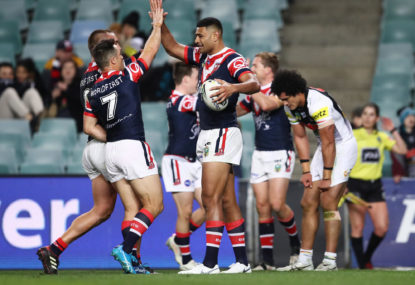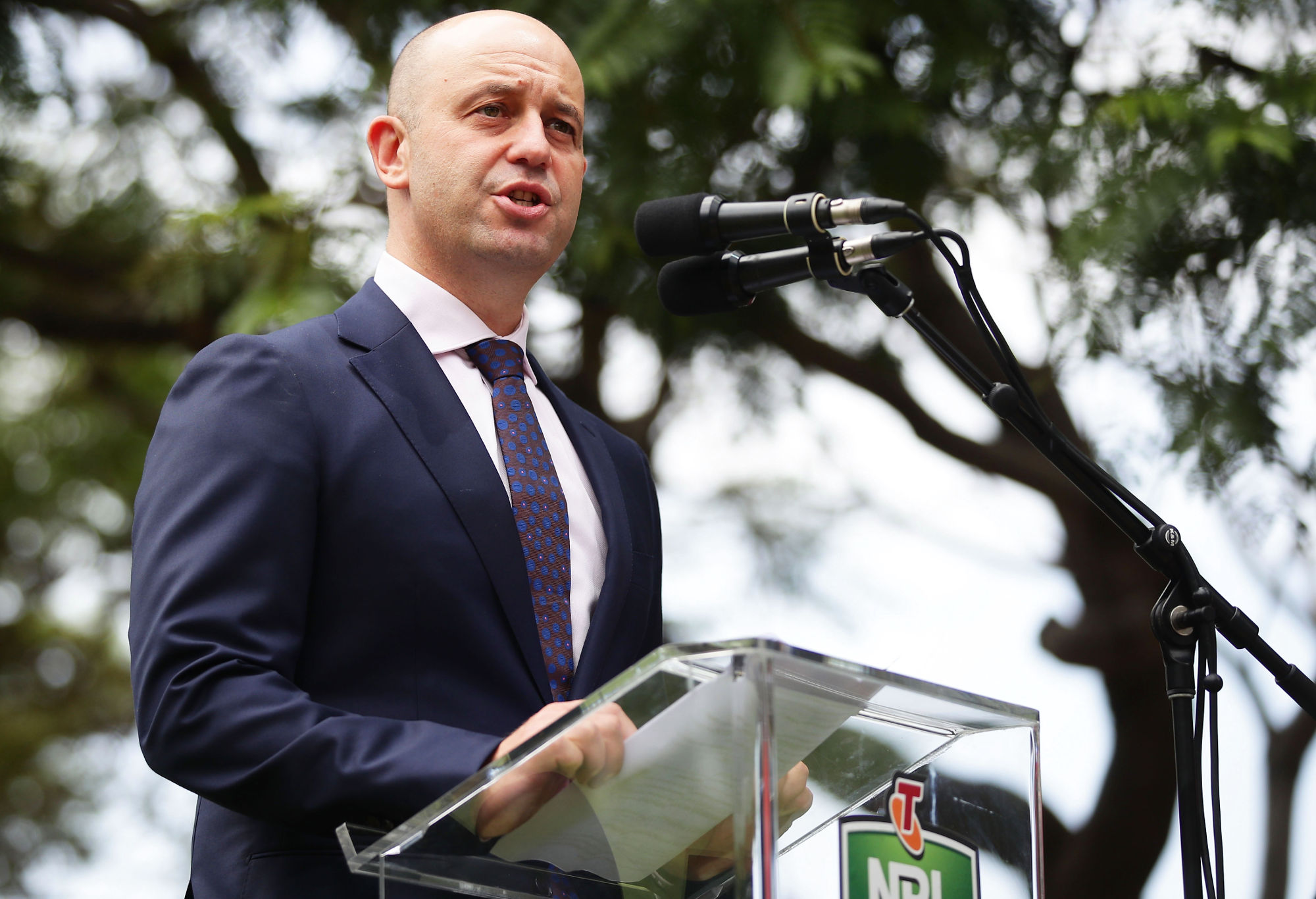Manu excited to take SBW path in pursuit of All Blacks goal but admits 'I've got to learn the game' first
Joey Manu insists an All Blacks cap remains a distant goal, even if his impending switch to the 15-player game has experts excited about…

Hopefully the dust is starting to settle on the penalty clamp down saga and the game can again move forward.
I have to put my hand up to be critical of Todd Greenberg and his crew’s decision-making skills at times, but I must applaud them for their decision to reduce the number of interchanges allowed in a game to six and eventually back to four – I hope.
I’ve always been in favour of increasing the ‘fatigue factor’ in a game. As a result the fatigue will hopefully lead to more line breaks and tries being scored.
That said – sorry, Todd – but the NRL has put the cart before the horse, and I feel there are some areas that have to be addressed before the fatigue factor can become effective.
I was reading an article recently about the average ball-in-play time in different sports which stated that in a game of rugby league the average time the ball is in play is approximately 50 minutes and 57 seconds. If this is correct, the average down time and recovery time per game could amount to around 30 minutes.
Surely they will need to improve on that before the fatigue factor will become effective.

(Matt King/Getty Images)
Until these stoppages and down time areas are addressed, coaches and players will continually find ways to ‘milk’ as much time as possible out of them for their recovery
Some of the areas that could be addressed to help create more ball-in-play time might be:
These are a few areas I feel that could be looked at to try and increase the ball-in-play time.
[latest_videos_strip category=”league” name=”League”]
I wrote an article some time ago with an idea that could maybe cut down line kicks and scrums and also reduce the number of goal line dropouts. It involved awarding a six-point golden try if a team takes the risk to run the ball on the fifth tackle and scores a try without a kick being involved.
The extra two-point incentive for a try would encourage teams to run the ball more on the fifth tackle rather than kicking into the goal area or for the sideline and hopefully result in fewer time-wasting goal line dropouts and scrums occuring.
Maybe to add an extra bonus and a further incentive in the case of a game resulting in a draw, the team that scores the most golden tries is deemed to be the winner. Reward for risk.
If there are no golden tries or if there is an equal number scored, the game would the go into extra time. Hopefully this would encourage teams to run the ball more on the fifth tackle, which also creates a bit more anticipation and variety into the game.
The bottom line as a result of the six-point golden try would hopefully be fewer scrums and goal line dropouts and more variety and extra ball-in-play time, resulting in an increase in the ‘fatigue factor’.